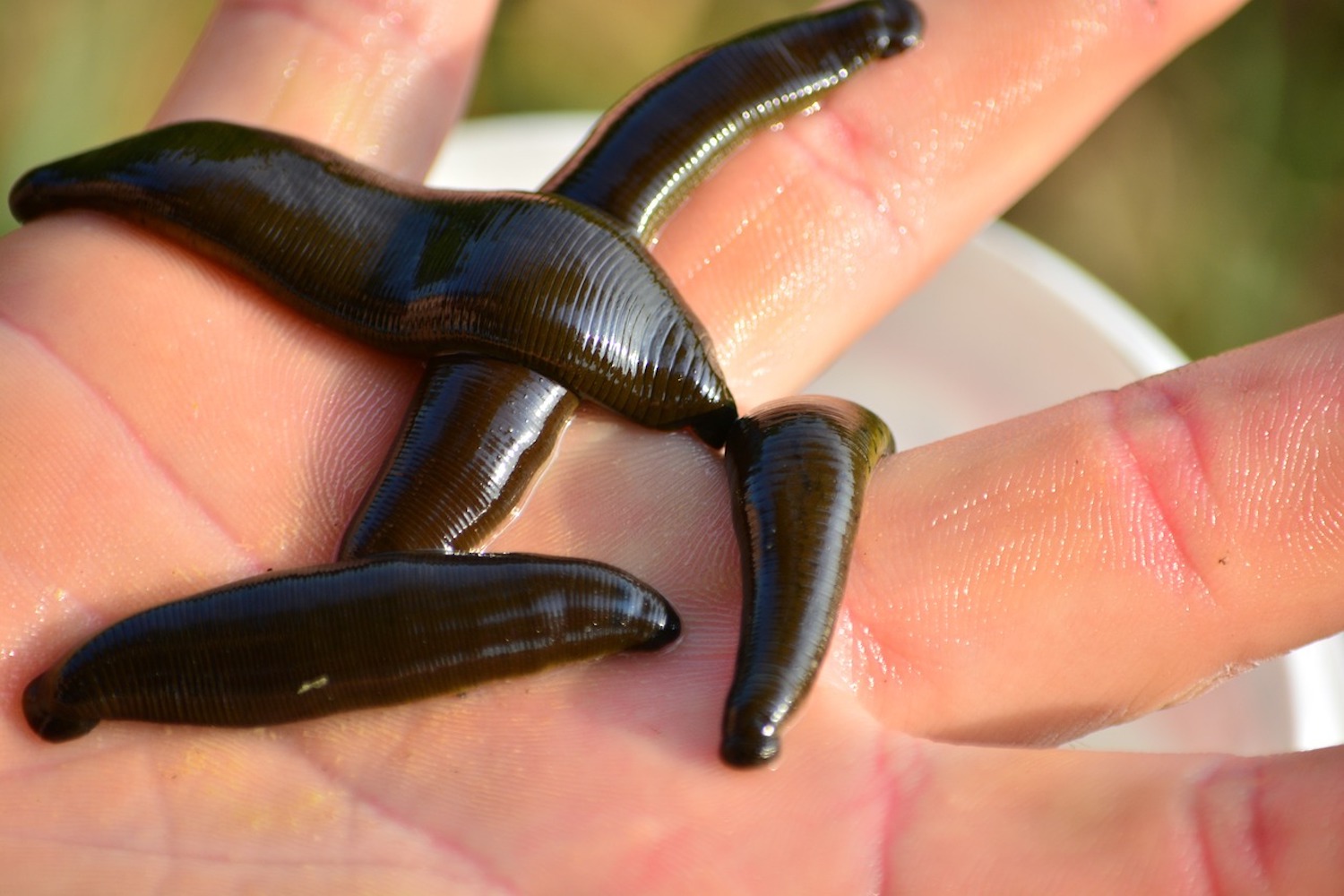Athletes are willing to do a lot to return to the game quickly. If an unconventional method accelerates their return to the field, they might even agree to alternative forms of treatment. One such method is leech therapy, which representatives of various sports disciplines increasingly appreciate.
Miniature, living medical laboratories, namely leeches, are recommended by doctors, physiotherapists, and rehabilitators for treating injuries, an inherent element of sports. Sprains, fractures, and contusions are just some injuries that athletes constantly contend with. Applying leeches relieves pain and, most importantly, accelerates the healing process, which takes significantly longer under normal circumstances. More and more athletes, therefore, agree to leech treatment, hoping that it will prevent the current season from being written off.
Leech therapy for injuries – black magic or a medical procedure?
Until they experience that leech application helps with injuries, many people approach this unusual treatment method with scepticism. They claim it’s a return to the Middle Ages and a charlatan method that has nothing to do with modern medicine.
However, it turns out that leech therapy is fully legal and – contrary to what some think – performed by doctors and physiotherapists in high-standard clinics as a method of aiding athletes whose worlds collapsed due to an injury.
Importantly, not everyone can apply leeches. To be able to use such therapy in their clinic, one must have special permissions. A leech therapist should attend a course to learn how to perform the procedure correctly and which leeches to choose.
And the leeches can’t be just any leeches; they must come from particular farms where they are adequately protected against contact with germs. Only such bred leeches ensure complete safety for patients during treatment.
What injuries can leeches help heal?
Leech therapy sessions are suitable for treating, among others:
- bruises and hematomas,
- contusions,
- fractures, sprains, dislocations,
- muscle and tendon tears,
- achilles tendon inflammation,
- limb and cervical contractures,
- tennis/golfer’s elbow,
- burns and frostbite,
Effects of applying leeches for injuries
The action of compounds found in the salivary glands of leeches provides spectacular effects in treating various injuries. Regenerative substances improve blood supply, innervation of damaged sites, and rebuild damaged tissues, accelerating healing. They are indispensable in treating bruises, sprains, and dislocations.
In the case of a fracture or muscle tear, hirudin compounds remove swelling and alleviate pain, providing immediate relief to the injured. Leeches support bone fusion and regeneration of damaged tendons, making it faster than usual.
Applying leeches for burns helps rebuild dead tissue, while frostbite restores lost blood and lymph circulation. Just 2-3 treatments are enough for an injured and bruised athlete who has suffered a severe injury to feel much better and see a real chance for a quick return to form.
Does a leech bite hurt?
Patients often ask before the procedure whether applying leeches to the body causes pain. The sensation of a leech sucking blood is hard to describe as pain—the site where the leech attaches itself rather tingles and itches than hurts. But let’s be honest – these discomforts can hardly be compared to those experienced at the moment of injury.
The leech therapy procedure lasts about an hour. A leech leaves a mark where it was attached. It’s a minor wound from which blood may ooze for some time. There’s no reason to worry, as this is normal after the procedure. The bite site should be cared for just as one would care for a wound after a cut.
Preparation for leech therapy
Blood tests should be performed before starting therapy. Based on these, as well as an interview with the patient, the leech therapist verifies if there are any contraindications to leech treatment. The procedure will not be performed if such obstacles exist and the risk of health loss is significant.
Do you have an allergy? Leeches aren’t for you!
As with any other therapy, there are specific contraindications to its use in leech therapy. Leeches pose a considerable risk to people with allergies, and the hirudin compounds present in their saliva could lead to undesirable actions.
Patients with immunological deficiencies, anaemia, or blood coagulation problems must avoid leech therapy. It will also not be performed on pregnant women and cancer patients.
Ask before you consent to the procedure
Inexpert use of leeches can do more harm than good. Therefore, before the procedure, ensure that the clinic has all necessary permits and that the person performing the procedure is qualified.
Do not hesitate to ask how the leeches were bred during the procedure. Ask for a certificate confirming they come from a sterile farm if in doubt.

